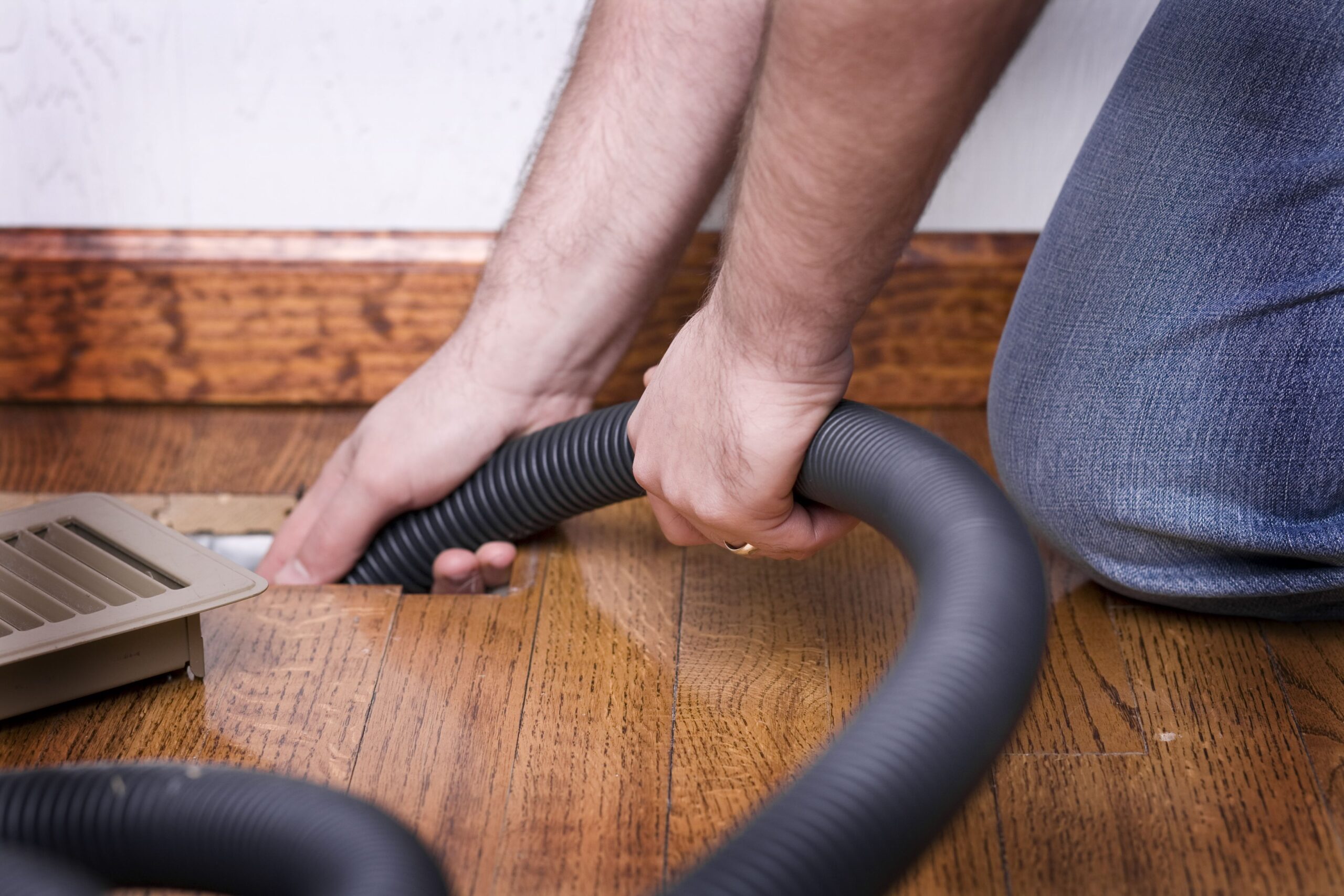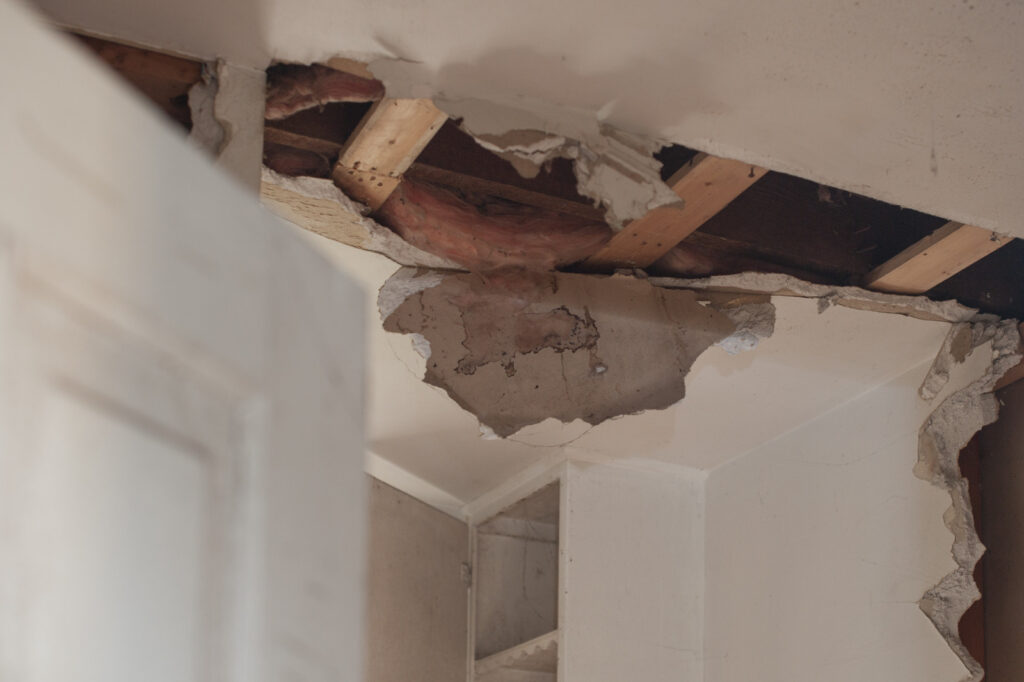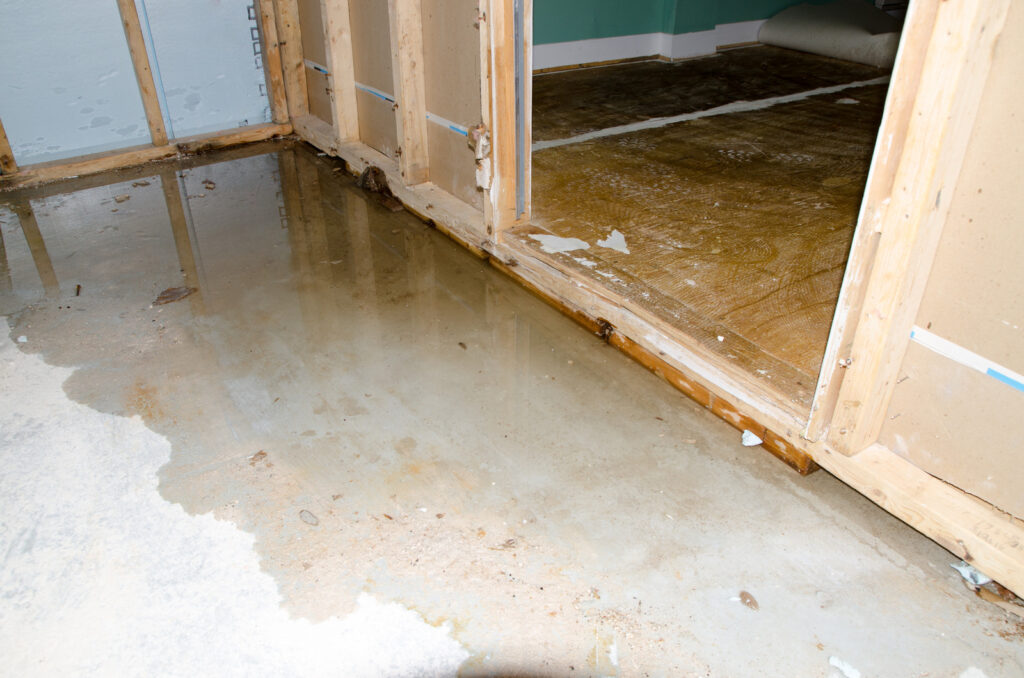
Water damage is a serious issue that can cause significant damage to your home. This can include structural problems, mold growth, and damage to your property. Whether the water damage is caused by a burst pipe, flooding, or a leaky roof, the aftermath can be overwhelming. However, there is a solution. Water damage restoration professionals have the necessary skills, expertise, and tools to repair your home and return it to its original state.
In this guide, we’ll explore the essential steps involved in water damage restoration and how this process can save your space, turning disaster into renewal. Let’s dive in and discover how water damage restoration can breathe new life into your home.
Water damage has the potential to wreak havoc on your home, transforming it from a safe haven into a disaster zone in a matter of hours or even minutes. The consequences of water intrusion can be far-reaching and devastating, impacting not only the structural integrity of your property but also your health, safety, and overall well-being.
One of the most immediate and visible effects of water damage is structural damage.
Overall, water damage has the potential to turn your home into a disaster zone, wreaking havoc on its structural integrity, occupants’ health, and overall functionality.

The moment water infiltrates your home, the clock starts ticking, and every minute counts in preventing further destruction and minimizing the extent of the damage.
One of the primary reasons why immediate response is essential is to stop the spread of water and moisture throughout your home. Mold spores are present in the air and can begin to colonize damp, humid environments within 24 to 48 hours of water exposure.
Moreover, immediate response is essential for salvaging and preserving your belongings. In addition to property damage, delayed response to water intrusion can also result in increased repair costs and prolonged disruption to your daily life. Prolonged exposure to water and moisture can compromise the structural integrity of your home, necessitating more extensive remediation efforts and potentially rendering your space uninhabitable for an extended period.
Overall, immediate response is paramount in mitigating water damage and salvaging your space from the devastating effects of water intrusion. By acting swiftly to address water issues, you can prevent further destruction, protect your belongings, and expedite the restoration process, ultimately restoring your home to a safe, healthy, and habitable condition.
Your Insurance Company Promptly: It is crucial to promptly notify your insurance company about any damages and provide detailed documentation and photographs to expedite the claims process.
Understand Your Coverage: Familiarize yourself with your insurance policy to understand coverage limits, deductibles, and exclusions for water damage.
Document the Damage: Before you start cleaning up or restoring your property due to water damage, it’s crucial to document the affected areas thoroughly by taking photos or videos.
Keep Detailed Records: Maintain a detailed written record of all communication with your insurance company, including the date, time, method, and the name of the representative you spoke with.
Cooperate with Adjusters: Cooperate with insurance adjusters and provide access to your property. Answer questions about the cause and extent of the water damage and the preventive measures you’ve taken.
Obtain Multiple Quotes: Obtain estimates from reputable water damage restoration companies to assess the scope and cost of the repairs needed.
By following these tips and actively engaging with your insurance company, you can expedite the water damage restoration process and secure the financial assistance needed to restore your home to its pre-loss condition. Effective communication, thorough documentation, and proactive advocacy are key to navigating the claims process successfully and achieving a satisfactory outcome.

Regular Maintenance Checks: Conduct regular inspections of your home’s plumbing, roof, and appliances to identify potential sources of water damage.
Install Water Detection Devices: Consider installing water detection devices, such as leak sensors or smart water shutoff valves, in areas prone to water damage, such as basements, crawl spaces, and near water heaters.
Maintain Gutters and Downspouts: Ensure proper drainage by keeping gutters and downspouts debris-free.
Seal Windows and Doors: Prevent water damage by sealing gaps and cracks around doors and windows with weatherstripping or caulking.
Landscape with Drainage in Mind: To prevent water from seeping into your basement or crawlspace, it’s important to grade your landscaping away from your home’s foundation to prevent water from pooling near the perimeter.
Insulate Pipes: Prevent pipes from freezing by insulating those in cold areas, such as attics, basements, and crawl spaces.
Monitor Water Usage: Keep an eye on your water bill for sudden spikes in usage, which could indicate a hidden leak or plumbing issue. If you notice any unusual increases in water consumption, investigate the cause promptly to identify and address any leaks before they cause significant water damage.
Know Your Shutoff Valves: Familiarize yourself with the location of your home’s main water shutoff valve and individual fixture shutoff valves, such as those for toilets, sinks, and appliances.
By implementing these proactive measures to protect your home from potential water damage threats, you can safeguard your property and enjoy peace of mind, knowing that you’ve taken steps to prevent water-related disasters. Regular maintenance, proper insulation, and vigilant monitoring are key to keeping your home safe, dry, and resilient against water damage.
In conclusion, proactive measures are vital for safeguarding your home against water damage threats and preserving its integrity. By implementing regular maintenance checks, installing water detection devices, and sealing vulnerable areas, you can minimize the risk of costly repairs and disruptions.
Remember, investing in preventive measures today can save you from dealing with extensive damage tomorrow. So, take action now to protect your home and enjoy peace of mind, knowing that you’ve taken steps to fortify it against water-related disasters.
Ready to safeguard your home from water damage? Start by implementing these proactive measures today and enjoy the peace of mind that comes with knowing your home is well-protected.